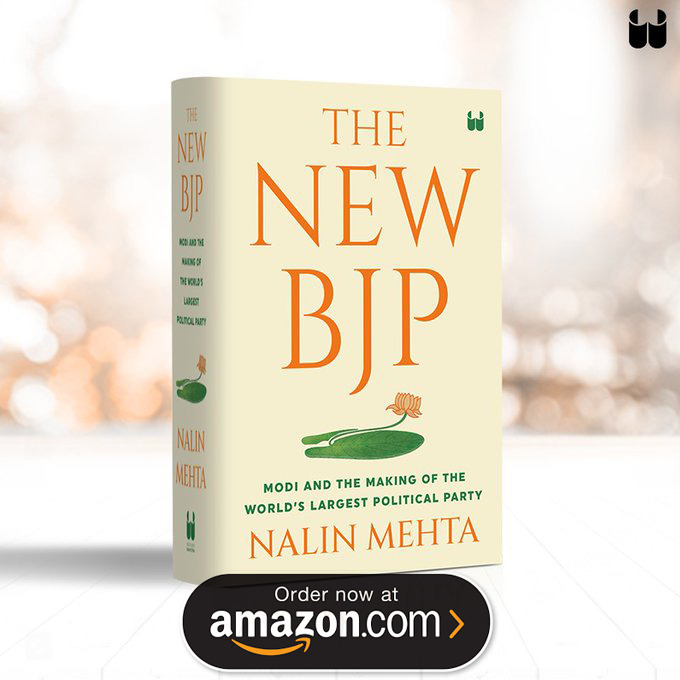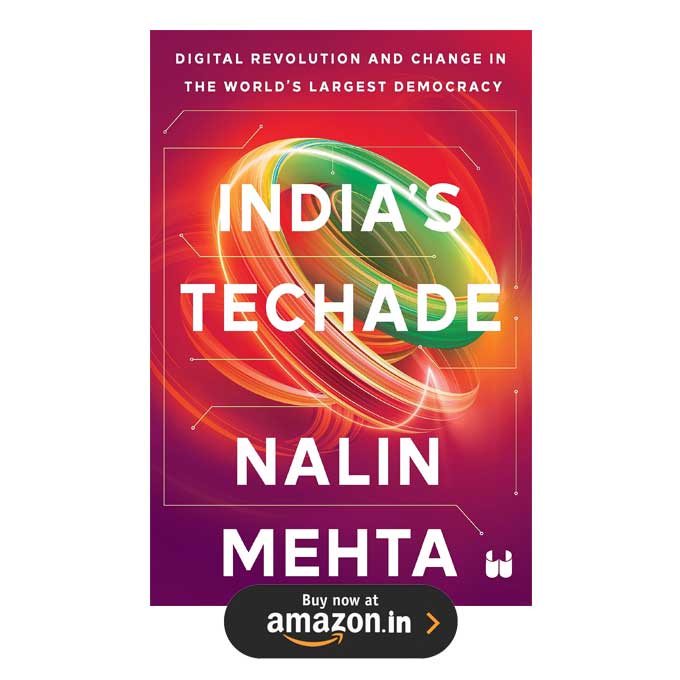The bureaucrat in Ahmedabad was sitting across the table, discussing relief camps, rehabilitation and the elections. It was mid-2002, the drumbeats of Narendra Modi’s election campaign were just becoming audible and the talk was about the discourse of action and reaction, violence and identity, rhetoric and reality. Personally appalled by the violence, she was musing aloud about its psychological wellsprings, ‘It is almost like they are taking revenge for Somnath, as if taking account for all those centuries of humiliation.’1 Muttered half-seriously, it would perhaps have sounded banal in any other setting. Yet there was something in the sentiment that captured the unique centrality of Gujarat in some of the most important debates that have defined the political iconography of modern India. In Gujarat, history, or contrasting versions of it, seeps constantly into the present at every turn; shaping identity, politics and social mobilization more deeply perhaps than anywhere else.
The region now known as Gujarat has always been a crucible for ideas of India. Gujarat, in many ways, is a land of firsts. It is the land where the British encounter first began in 1608 when William Hawkins docked his ship in Surat. It is the land of Somnath, of the invasions from Ghazni which, seen through the jaundiced lenses of colonial-era history, turned into a defining leitmotif in the hagiography of twentieth-century Hindu revivalism.2 It is also, of course, the land of the Mahatma. It was on the Sabarmati that he first set up home when he returned from South Africa and began turning Indian nationalism from an elite debating club to a mass movement, his creative methods of passive protest arguably drawing as much from the colonial experience as they drew from indigenous Kathiawadi and vaniya traditions.3 The iconic Sardar Patel, next only to Nehru in the Congress trinity, first mastered the mechanics of creating a party machinery on his home turf in Gujarat. Even earlier, Gujarat’s soil gave Indian nationalism some of its earliest torch bearers – Dadabhai Naoroji, Badruddin Tyabji, Pherozeshah Mehta, Dinshaw Wacha, Rahimtulla Sayani – all of whom presided over the annual sessions of the Congress in its early decades. It also produced Mohammad Ali Jinnah, Westernized no doubt, but also a Gujarati Khoja who would change the sub-continent’s destiny.
Gujarat saw independent India’s first police action in Junagarh; in Navnirman, it arguably produced India’s largest public protest movement since the anti-British agitations; and in the early 1980s, it saw the first large-scale anti-reservation violence long before Mandal would eventually divide up the north Indian heartland. When the BJP adopted the politics of Ram, it was from Somnath that L.K. Advani chose to start his Rath Yatra in 1990 and for over two decades now the state has consistently been denoted by a cliché, ‘laboratory of Hindutva’.
Time and time again, Gujarat has held up questions that are intertwined with larger trajectories of change reshaping India. India’s first televised riots in 2002 and the rise of Narendra Modi are obvious recent milestones.

